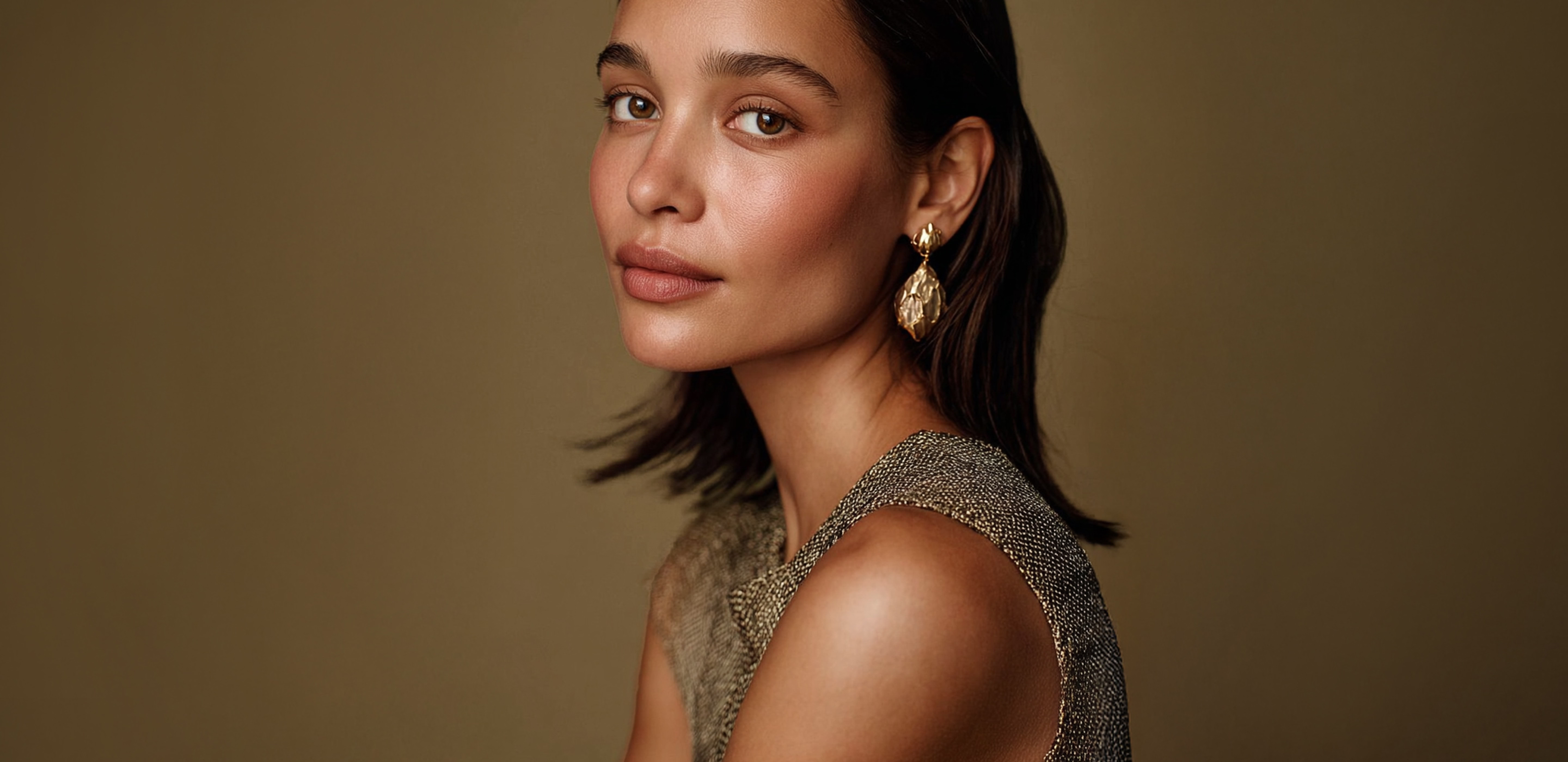
For many people, the decision to have rhinoplasty — or nose reshaping surgery — comes after years of feeling self-conscious about the size, shape, or symmetry of their nose. Others seek surgery to improve breathing or correct structural issues. But one question always arises: how old do you have to be to get rhinoplasty?
In the UK, the general guideline is that rhinoplasty should only be performed once the nose has fully developed, typically from age 18 onwards. However, this is not a strict rule; rather, it depends on physical maturity, emotional readiness, and individual anatomy.
At iQonic Aesthetics London, we believe every rhinoplasty — whether cosmetic or functional — should be approached with care, clarity, and responsibility.
The nose continues to grow and change shape throughout adolescence. Performing surgery before the nasal structures have stabilised can increase the risk of unwanted changes as the patient matures.
For most women, nasal growth is complete by around 16–17 years, while men often mature slightly later, closer to 17–18 years. Performing rhinoplasty too early can lead to unpredictable outcomes or affect long-term facial balance.
Beyond biology, emotional readiness plays a key role. A patient must fully understand the benefits, limitations, and recovery process of rhinoplasty before proceeding. Surgeons at iQonic ensure that younger patients — and their parents or guardians when applicable — have the support and guidance needed to make an informed choice.
There are two main categories of rhinoplasty:
While aesthetic rhinoplasty is usually deferred until the face is mature, functional rhinoplasty may occasionally be performed earlier if a patient experiences significant breathing difficulties or recurring nasal obstruction.
Your surgeon will carefully weigh the potential benefits of early intervention against the long-term outcomes and will only proceed when it’s medically justified.
Rhinoplasty can enhance confidence and facial harmony — but it’s vital that patients understand what the surgery can and cannot achieve. During consultation, the surgeon will assess facial proportions, nasal structure, and lifestyle factors such as sports or activity level.
Using Adoreal’s Crisalix tool, patients can visualise potential outcomes in 3D. This helps establish realistic expectations before any decision is made. The aim is to create a natural result that complements the face.
For teenagers and younger adults, emotional maturity is as important as physical development. The best candidates are those who:
Healing from rhinoplasty is similar regardless of age. Most patients can return to light daily activities after about a week, with swelling and bruising subsiding over the following weeks.
For younger patients, the recovery process can be emotionally easier, but adherence to aftercare is crucial. Keeping the head elevated, avoiding heavy exercise, and protecting the nose from impact are vital steps to ensure optimal results.
At iQonic, recovery is guided through Adoreal, a personalised digital aftercare platform offering progress tracking, reminders, and 24/7 access to your medical team.
While much of the discussion focuses on minimum age, some patients wonder if there’s an upper age limit. The truth is, there’s no specific age cap. As long as you’re in good general health and your skin retains sufficient elasticity, rhinoplasty can be safely performed well into adulthood.
For older patients, combining functional and aesthetic rhinoplasty can address both appearance and age-related breathing concerns — creating a refreshed, natural look that aligns with the rest of the face.
The best age to have rhinoplasty is when your nose has fully matured and you feel emotionally ready for change. At iQonic Aesthetics, our consultations are designed to help you make that decision with confidence.
Each rhinoplasty journey includes:
We take pride in providing ethical, patient-centred care — ensuring every individual, regardless of age, feels informed, safe, and supported throughout their transformation.
Rhinoplasty is a life-enhancing procedure when done at the right time, for the right reasons, and by the right hands. At iQonic Aesthetics London, our surgeons are leaders in both cosmetic and functional nose surgery, known for delivering elegant, natural results that last.
If you’re considering rhinoplasty and want to understand whether now is the right time, book your personalised consultation today. Our team will guide you through every step — from candidacy and expectations to recovery and beyond.
A rhinoplasty, or nose job, is one of the most transformative cosmetic procedures available today. Whether your goal is to refine the nasal tip, smooth a bump, or improve breathing, understanding open vs closed rhinoplasty is essential before choosing your path. At iQonic Aesthetics London, we believe education leads to confidence. This guide explains how both rhinoplasty techniques work, what recovery involves, and how your surgeon will decide which is right for you.